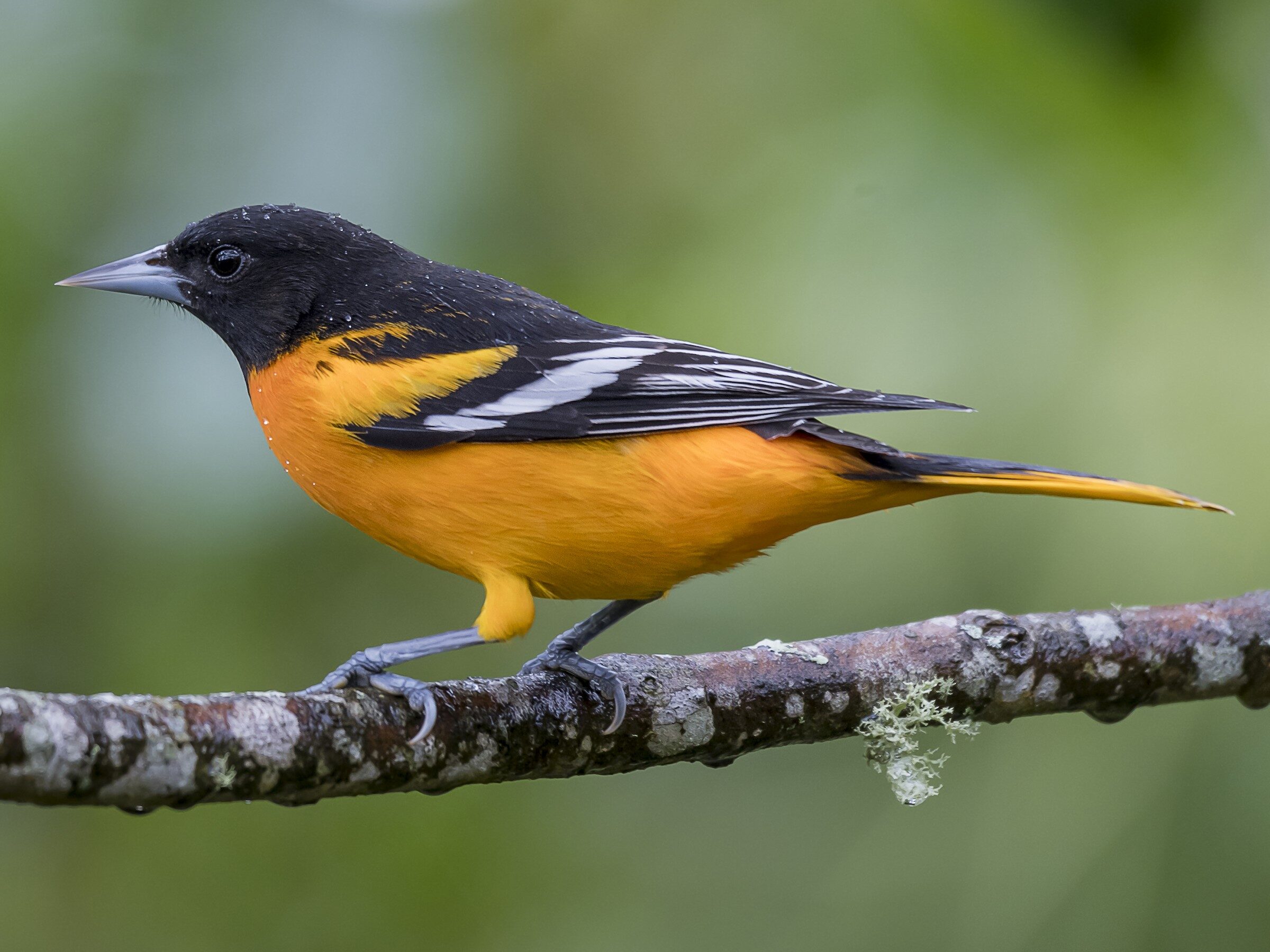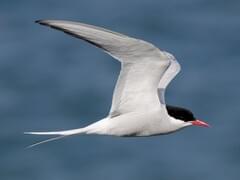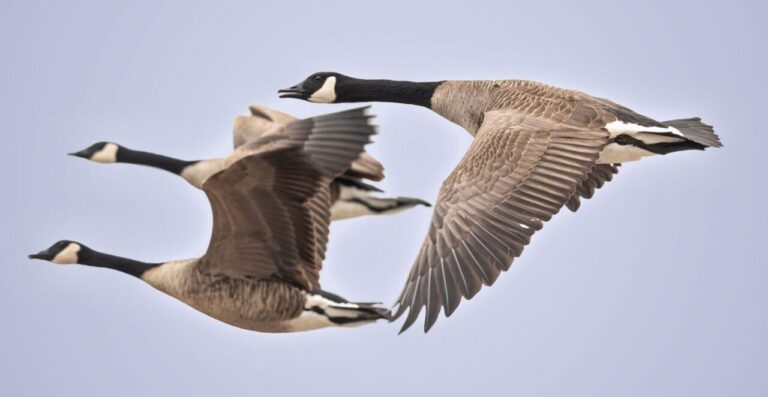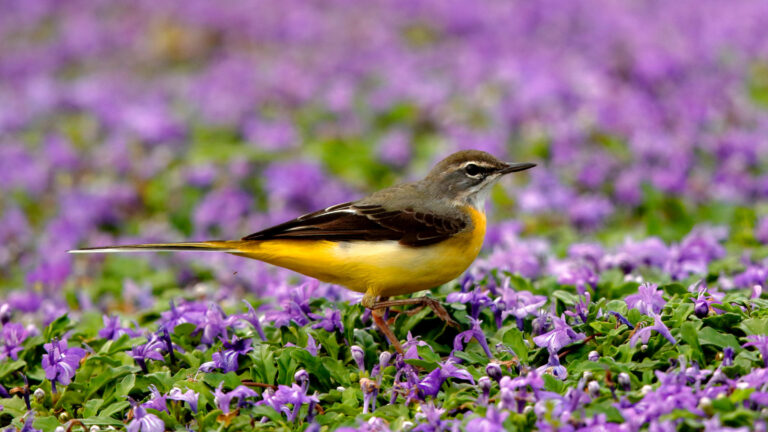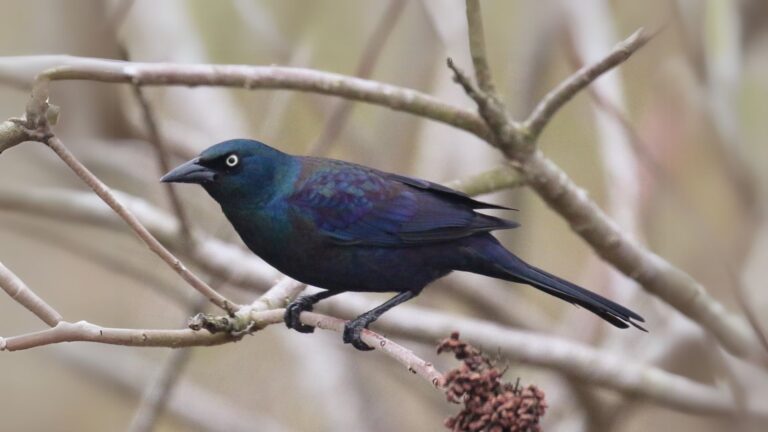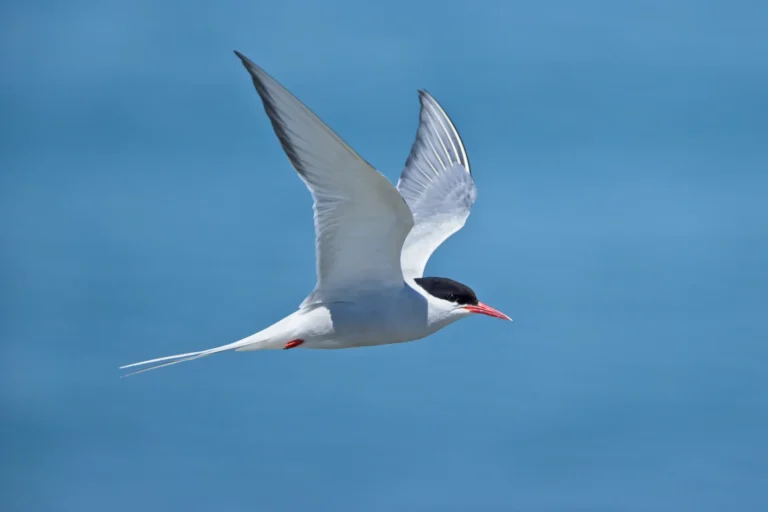Oriole Feeder Must-Haves to Attract These Vibrant Birds Fast
Orioles are bright, beautiful birds that many of us hope to spot in our yards. These birds mostly go for fruit, jelly, and nectar, so their feeders need to match their appetite. An oriole feeder is built to offer the right treats in a way that pulls in orioles but, ideally, keeps the other birds at bay.
Most oriole feeders have spots for orange halves, nectar, or jelly cups. They usually come in bold colors or fun shapes to catch a bird’s eye. Unlike your typical seed feeder, these need to handle soft, wet foods without leaking or turning gross too quickly.
When shopping for an oriole feeder, think about what it’s made of, how easy it is to clean, and how well it keeps food fresh. Feeders made from sturdy plastic or metal tend to last longer and stand up to the weather. If you can clean it easily, you’ll have a better shot at keeping mold away—which is no joke for birds. We paid close attention to these things while looking for feeders that orioles actually come back to.
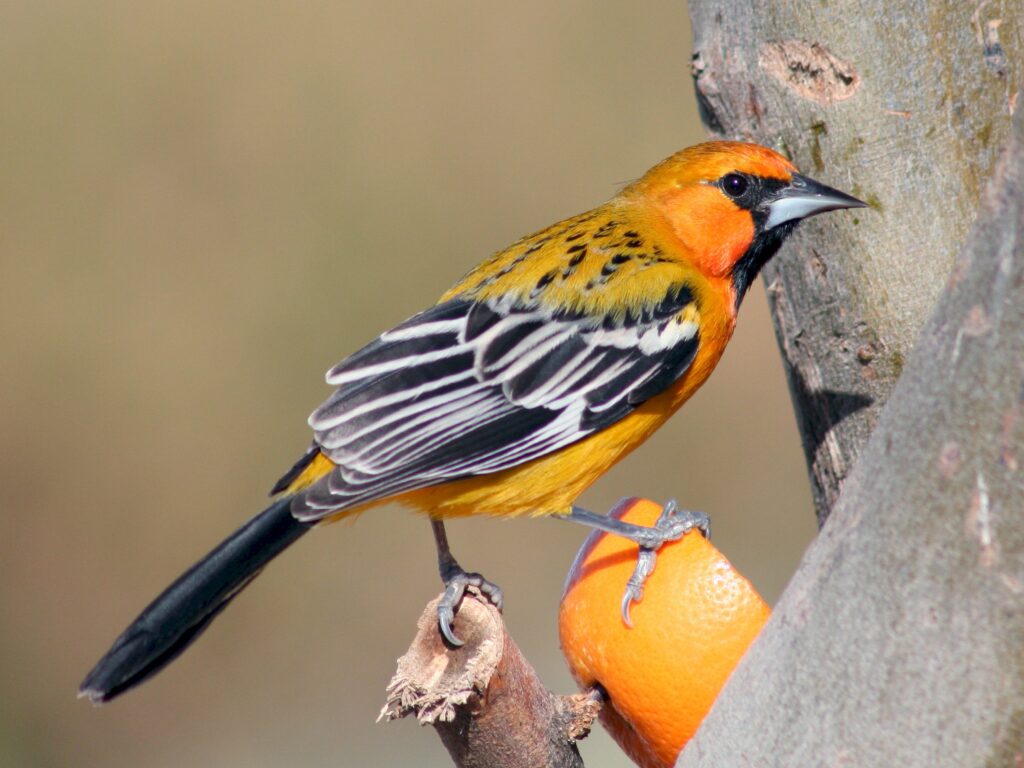
Best Oriole Feeders
We love seeing orioles in our yards, and the right feeder really does make a difference. Here are a few of our favorite oriole feeders—easy to use, and great for attracting these colorful birds.
Nature’s Way Oriole Feeder

This feeder’s a good pick if you want something colorful, easy to clean, and able to serve nectar, jelly, and fruit while keeping bugs out.
Pros
- Holds nectar, jelly, and fruit at once
- Built-in bee guards and ant moat to keep pests out
- Removable trays make cleaning and refilling quick
Cons
- Hanging chain feels a bit flimsy and might rust
- Feeder can be fragile if you’re rough with it
- Glass cup is tricky to replace if it breaks
We liked having everything in one spot for the orioles—nectar, jelly, and fruit. The orange color really pops, and the birds seemed to notice right away. Watching them come and go was honestly a treat.
Cleanup was easy thanks to the removable jelly dishes. The ant moat and bee guards did their job, too, so the food stayed fresher longer.
On the downside, the chain and hanging parts felt weak after a while outdoors. We had to take it down gently or risk breaking something. But overall, it worked well and the orioles kept coming back.
FORUP Oriole Feeder

This one’s a nice choice if you want a bright, simple feeder that holds jelly and oranges and is easy to keep clean.
Pros
- Bright colors grab orioles’ attention
- Removable jelly cup makes cleaning easy
- Glass and metal construction holds up outdoors
Cons
- Metal frame feels a bit light or cheap to some
- Orioles might take a few days to show up
- Not a lot of space if you want to feed a crowd
The vivid orange color really did seem to draw birds in. That little yellow flower is a cute touch, and we enjoyed watching orioles swing and snack on jelly or orange slices. Made the garden feel more alive, honestly.
Filling and cleaning was a breeze—the jelly cup pops out, so it’s easy to keep things fresh and mold-free. The metal parts felt lighter than some other feeders, but it still survived a few weeks of rain and wind. All in all, it was a fun way to get orioles right up close.
NEROSUN Oriole Feeder

This feeder does a good job attracting orioles and hummingbirds, and its clever design helps keep squirrels out.
Pros
- Clear roof keeps birds dry in the rain
- Bowls are easy to pop out and clean
- Keeps squirrels and ants away
Cons
- Plastic feels a bit thin
- You might need to tighten screws over time
- Oranges need to be pressed on firmly or they’ll fall
We thought the clear roof was a smart addition—birds stayed dry but still got plenty of sunlight. Watching orioles feed under it made us think this design actually works.
Cleaning’s easy; the bowls come right out, and since it doesn’t trap water, there’s less mess. Nails on the base hold orange halves, but you’ve got to press the fruit down so it doesn’t fall off.
The feeder kept squirrels and ants away from the food. The plastic could be sturdier, so we handled it gently. Still, it was a reliable spot for orioles in the yard.
Jealoeur Oriole Feeder

This feeder’s a good pick if you want something simple to clean and eye-catching for orioles.
Pros
- Detachable bowl makes filling and cleaning easy
- Sturdy metal frame, good size for fruit and jelly
- Gold color looks great in the garden
Cons
- No cover, so jelly can get washed away by rain
- Spikes for oranges are a bit long and can get in the way
- Smaller capacity, so you’ll refill it more often
We liked how simple it was to take apart for cleaning—made keeping the fruit fresh way less of a chore. The metal frame felt strong, and the gold color stood out in the yard.
Orioles seemed to enjoy the jelly, but we had to watch the weather since rain could make a mess.
The long spikes for oranges sometimes made it awkward for the birds to feed.
It worked pretty well for attracting orioles during their migration season. Not flawless, but for the price and easy design, it’s a handy addition to any yard.
AmishToyBox Oriole Feeder

This feeder is a great pick if you want something sturdy and easy to clean that brings in orioles with jelly and orange halves.
Pros
- Very sturdy, weather-resistant materials
- Bright orange color orioles seem to love
- Holds a lot of jelly and fruit, so less refilling
Cons
- Costs more than some other feeders
- Only works as a hanging feeder
- Just for jelly and fruit, not for seeds
Right out of the box, this feeder felt tough and well-built. The orange color catches your eye—and apparently the orioles’, too. Two jelly cups and pegs for orange halves give the birds some options.
The removable cups make cleaning easy. After a few weeks outside, the poly lumber still looked good, which is impressive. The materials seem ready for all kinds of weather.
It’s pricier, but if you’re serious about attracting orioles and want something that’ll last, it’s worth it. Makes the yard look good, too.
Buying Guide
When you’re hunting for the best oriole feeder, a few features really stand out. You want something easy to fill and clean—orioles aren’t exactly tidy. If the feeder keeps nectar fresh longer, that’s a big plus.
Take a look at the size and number of feeding ports. More ports mean more orioles can feed at once, which is honestly just more fun to watch. Perches make a difference too; birds seem to appreciate a comfy spot to sit while they snack.
Don’t forget about durability. These feeders live outside, so you want sturdy plastic or metal. Something that can take a beating from the weather without falling apart is always a good bet.
Here’s a quick table to help compare the basics:
| Feature | What to Look For | Why It Matters |
|---|---|---|
| Nectar capacity | Large enough for your bird visits | Less refilling |
| Feeding ports | Multiple and easy to access | More birds can feed at once |
| Ease of cleaning | Removable parts or wide openings | Keeps feeder healthy for birds |
| Material | Weather-resistant plastic or metal | Lasts longer outside |
| Perches | Comfortable and sturdy | Birds can feed comfortably |
Think about where you’ll hang the feeder, too. It needs to be visible but out of reach for sneaky cats or other predators.
If you’re hoping to draw in more orioles, try feeders that hold jelly or fruit. Mixing it up with different foods can really boost the bird traffic in your yard.
Frequently Asked Questions
People ask a lot about attracting orioles and keeping their feeders in good shape. It’s helpful to know which feeders work, when to set them out, and how to use them safely.
What type of feeder works best to attract orioles?
Bright orange feeders with wide, shallow dishes seem to do the trick. Orioles go for feeders made for oranges, jelly, or nectar—sweet stuff is their favorite.
How can I make my own oriole feeder?
Honestly, it’s pretty simple. Cut an orange in half and stick it on a platform or tie it up with string. Or just grab a small jelly jar, poke some holes in the lid, and you’re set.
When is the ideal time to put out feeders for orioles?
Orioles usually show up in late April or May in the U.S. If you put feeders out by early May, you’ve got a good shot at catching them as they arrive.
What are the pros and cons of oriole jelly feeders?
Orioles love grape or orange jelly, so jelly feeders can be a hit. The downside? Jelly spoils fast in the heat, so you’ll need to swap it out often or risk mold.
Can oriole feeders also attract hummingbirds, or should they be separate?
Orioles and hummingbirds both like sweet foods, but they usually use different feeders. It’s just easier to keep them separate—less competition, and everyone gets to eat in peace.
